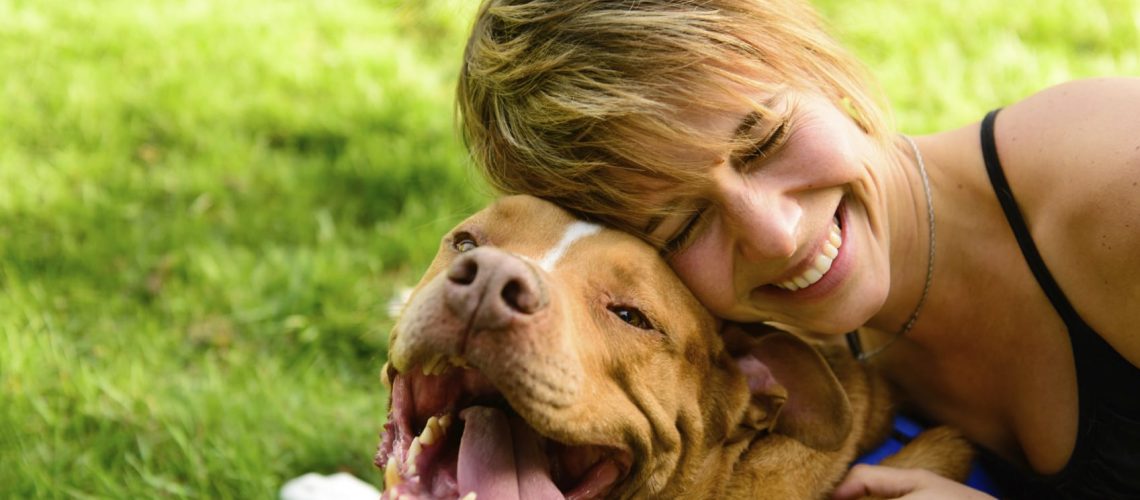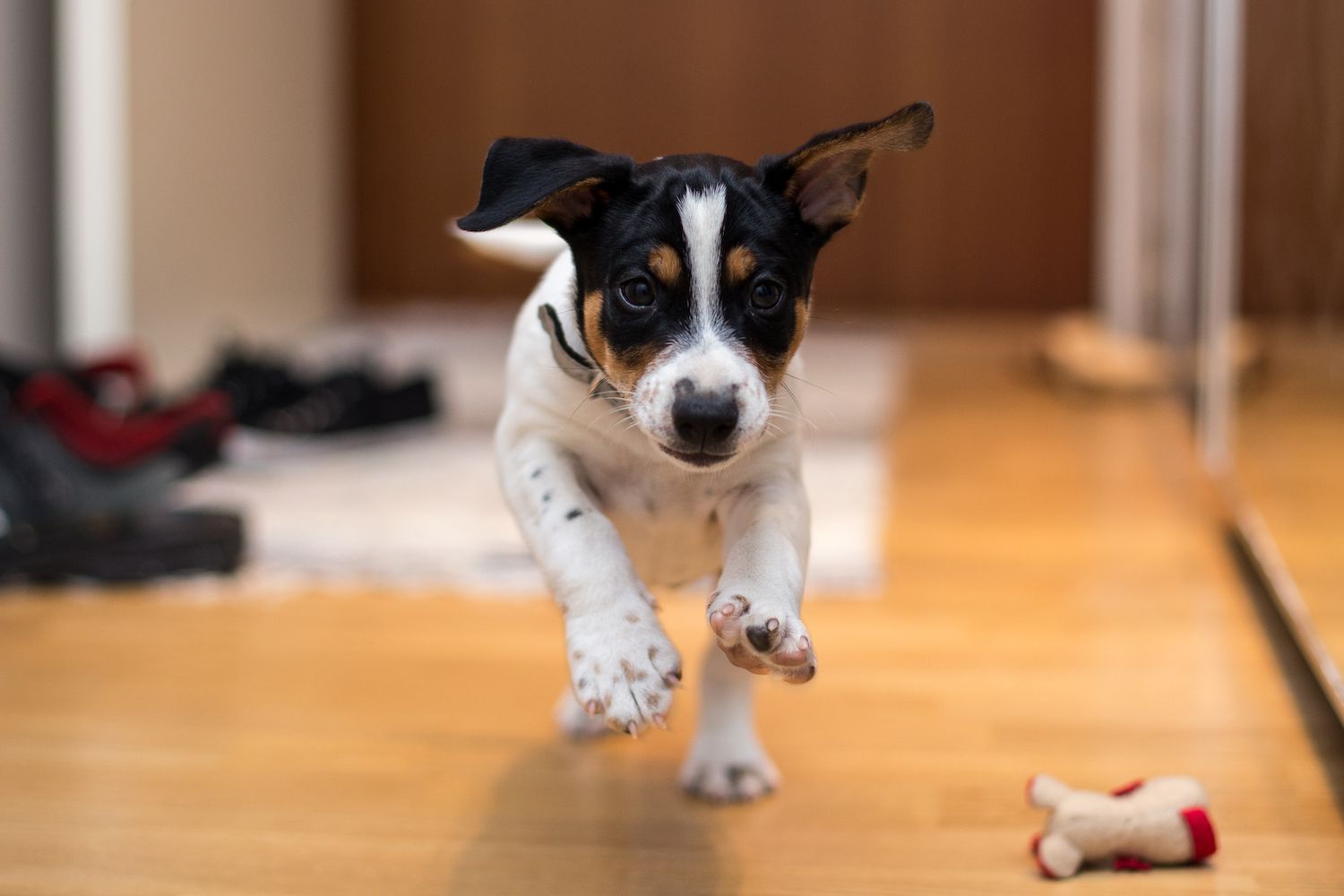Are you a first-time dog owner? Look no further! This guide covers everything you need to know to ensure a happy and healthy life for your furry friend.
Key Takeaways:
- Research and choose the right breed that matches your lifestyle and needs.
- Understand the importance of training and socializing your dog from an early age.
- Create a safe and comfortable environment for your dog, including proper bedding, toys, and a designated space for them.
- Establish a consistent routine for feeding, exercise, grooming, and veterinary care.
- Be patient, understanding, and committed to providing love, attention, and proper care for your new furry friend.
Important Considerations Before Getting a Dog
Before bringing a dog into your home, there are several important things to consider. First, think about the size and breed of the dog that would be the best fit for your lifestyle. Some breeds require more exercise and attention than others, so it's crucial to choose a dog that matches your energy level and living situation.
Next, consider the financial responsibilities of owning a dog. Dogs require regular veterinary care, including vaccinations and check-ups. They also need food, toys, grooming supplies, and possibly training classes. It's essential to budget for these expenses and make sure you can afford them before getting a dog.
Another consideration is the amount of time you can dedicate to your new furry friend. Dogs are social animals and need companionship and interaction. If you work long hours or have a busy schedule, you may need to think about hiring a dog walker or enrolling your dog in daycare to ensure they get enough exercise and attention during the day.
Preparing Your Home for a New Dog
Getting your home ready for a new dog is an exciting part of the process. Start by creating a designated space for your pup with a comfortable bed or crate where they can relax and feel safe. This area should be away from any hazards or areas where they could potentially damage furniture or belongings.
You'll also want to puppy-proof your home by removing any small objects that could be swallowed or pose a choking hazard. Keep electrical cords out of reach, secure cabinets that contain cleaning products or toxic substances, and make sure any plants in your home are not toxic to dogs.
Additionally, stock up on essential supplies such as food bowls, water bowls, leashes, collars with identification tags, toys, and grooming tools. Having these items ready before bringing your new dog home will help make the transition smoother and ensure you have everything you need to care for them.
Meeting the Basic Needs of a Dog
Dogs have several basic needs that must be met to keep them happy and healthy. One of the most important needs is proper nutrition. Dogs should be fed a balanced diet that includes protein, carbohydrates, fats, vitamins, and minerals. It's best to consult with a veterinarian to determine the right type and amount of food for your dog based on their age, size, and activity level.
Another essential need is regular exercise. Dogs need daily physical activity to maintain a healthy weight, promote good cardiovascular health, and prevent behavioral problems. Taking your dog for walks, playing fetch in the backyard, or engaging in interactive play sessions are all great ways to provide exercise for your furry friend.
In addition to food and exercise, dogs also need mental stimulation. This can be achieved through puzzle toys, training sessions, or interactive games that challenge their problem-solving abilities. Mental stimulation helps prevent boredom and can reduce destructive behaviors like chewing on furniture or excessive barking.
Basic Needs Checklist:
- Nutritious food
- Fresh water
- Regular exercise
- Mental stimulation
- A comfortable place to rest
Choosing the Right Food for Your Dog
The food you choose for your dog plays a crucial role in their overall health and well-being. There are several factors to consider when selecting the right food for your furry friend.
Firstly, consider your dog's age. Puppies have different nutritional needs than adult dogs, so it's important to choose a food specifically formulated for their growth and development. Senior dogs may also require a specialized diet that supports joint health and addresses age-related issues.
The size of your dog is another important factor to consider. Small breed dogs have different nutritional requirements than large breed dogs. Small breed formulas are designed to meet the higher energy needs of small dogs, while large breed formulas help support healthy bone and joint development.
It's also essential to read the ingredient list on dog food labels. Look for high-quality protein sources like chicken or beef as the first ingredient. Avoid foods that contain fillers, artificial preservatives, or excessive amounts of carbohydrates.
Tips for Choosing Dog Food:
- Select a food appropriate for your dog's age
- Consider your dog's size when choosing a formula
- Read the ingredient list and choose high-quality protein sources
- Avoid foods with fillers or artificial preservatives
Preventing Common Health Issues in Dogs
As a responsible dog owner, it's important to take steps to prevent common health issues in your furry friend. Regular veterinary check-ups are crucial for early detection of any potential problems and ensuring your dog receives necessary vaccinations.
Dental hygiene is often overlooked but is essential for maintaining your dog's overall health. Brushing their teeth regularly can help prevent dental diseases such as gum inflammation and tooth decay. You can use a specially designed dog toothbrush and toothpaste to keep their teeth clean.
Fleas, ticks, and other parasites can cause discomfort and transmit diseases to your dog. Using flea and tick prevention products recommended by your veterinarian can help protect against these pests. Regular grooming, including brushing your dog's coat and checking for any signs of skin issues or abnormalities, is also important for their overall well-being.
Tips for Preventing Health Issues:
- Schedule regular veterinary check-ups
- Brush your dog's teeth regularly
- Use flea and tick prevention products
- Groom your dog regularly and check for any skin issues
The Importance of Exercise for Dogs
Daily exercise is crucial for the overall health and well-being of dogs. Regular physical activity helps to maintain a healthy weight, prevent obesity-related diseases, and improve cardiovascular fitness. It also provides mental stimulation and helps to alleviate boredom and destructive behaviors.
Benefits of Exercise
Exercise offers numerous benefits for dogs, including:
- Improved muscle tone and strength
- Increased flexibility and joint mobility
- Enhanced digestion and metabolism
- Reduced risk of chronic diseases such as diabetes and arthritis
- Boosted immune system
Tips for Exercising Your Dog
To ensure your dog gets enough exercise, consider the following tips:
- Engage in daily walks or jogs with your dog.
- Provide interactive toys that encourage physical activity.
- Play fetch or engage in other games that involve running.
- Consider enrolling your dog in agility training or obedience classes.
- Create an obstacle course in your backyard for your dog to navigate.
Effective Training and Teaching Commands to Your Dog
A well-trained dog is a joy to be around. Training not only helps establish boundaries but also strengthens the bond between you and your furry friend. Teaching commands is an essential part of training that allows you to communicate effectively with your dog.
The Importance of Consistency
To successfully train your dog, consistency is key. Use the same command words consistently, reward desired behaviors promptly, and avoid confusing or mixed messages. Dogs thrive on routine and clear expectations.
Basic Commands to Teach Your Dog
Start with these basic commands:
- Sit: Teach your dog to sit on command, which is useful for various situations.
- Stay: Train your dog to stay in one place until given permission to move.
- Come: Teach your dog to come when called, ensuring their safety and control.
- Leave it: Train your dog to leave objects or food alone when instructed.
- Down: Teach your dog to lie down on command, promoting calm behavior.
Ensuring Safety for Your Indoor and Outdoor Dog
Whether you have an indoor or outdoor dog, their safety should always be a top priority. Taking necessary precautions can prevent accidents, injuries, and potential hazards that may harm your furry friend.
Tips for Indoor Dog Safety
To keep your indoor dog safe:
- Create a designated area with appropriate bedding and toys.
- Secure cabinets and trash cans to prevent access to harmful substances.
- Keep electrical cords out of reach or use cord protectors.
- Use pet-friendly cleaning products and avoid toxic plants in the house.
- Provide regular exercise and mental stimulation indoors.
Tips for Outdoor Dog Safety
- Create a secure and well-fenced yard to prevent escapes or encounters with wildlife.
- Ensure access to clean water and provide shelter from extreme weather conditions.
- Safely store chemicals, tools, and other potentially harmful items.
- Regularly check for ticks, fleas, and other parasites.
- Supervise outdoor playtime to prevent accidents or confrontations with other animals.
Tips for Building a Strong Bond with Your New Furry Friend
Building a strong bond with your new dog is essential for their happiness and well-being. It helps establish trust, promotes positive behavior, and creates a loving relationship between you and your furry companion.
Spending Quality Time Together
To strengthen the bond with your dog:
- Spend dedicated one-on-one time each day engaging in activities your dog enjoys.
- Practice positive reinforcement training to build trust and reinforce desired behaviors.
- Take your dog on regular outings to new places to expose them to different environments.
- Groom your dog regularly, which provides an opportunity for bonding and physical touch.
- Show affection through gentle petting, belly rubs, and verbal praise.
Patience and Understanding
Remember that building a strong bond takes time. Be patient with your new furry friend as they adjust to their new home. Understand their individual needs, personality traits, and communication style. With love, patience, and consistency, you will create a deep connection that will last a lifetime.

















